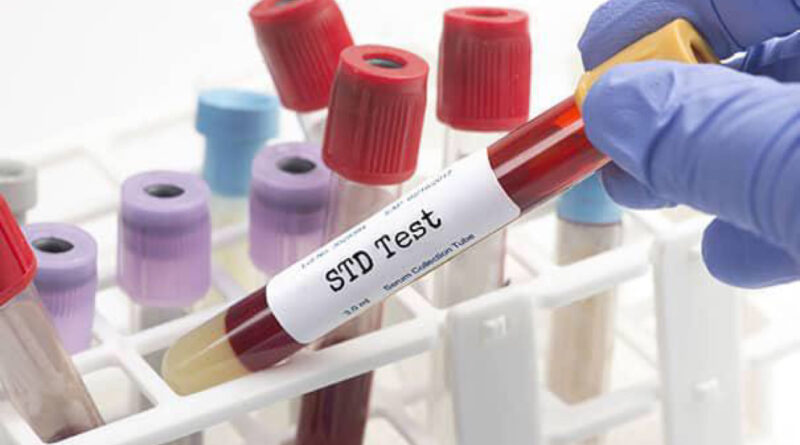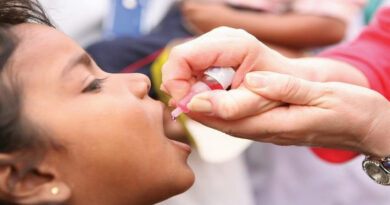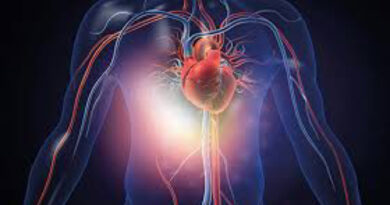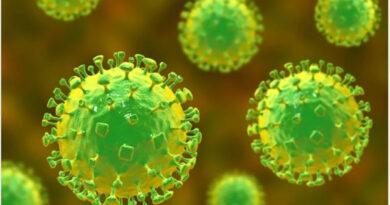Understanding Sexually Transmitted Infections (STIs): A Comprehensive Overview
Sexually transmitted infections (STIs) are a significant public health concern globally, affecting millions of people each year. These infections, which are primarily spread through sexual contact, can have profound health, social, and economic implications. This article aims to provide a comprehensive understanding of STIs, including their types, transmission methods, symptoms, prevention, and treatment.
Types of STIs
STIs are caused by various pathogens, including bacteria, viruses, parasites, and fungi. The most common STIs include:
1. Chlamydia: Caused by the bacterium Chlamydia trachomatis, chlamydia is one of the most prevalent STIs, particularly among young adults. It often presents with minimal or no symptoms but can lead to severe reproductive health issues if left untreated.
2. Gonorrhea: Also known as “the clap,” gonorrhea is caused by Neisseria gonorrhoeae. It can infect the genitals, rectum, and throat, leading to complications such as pelvic inflammatory disease (PID) in women and infertility in both genders.
3. Syphilis: Caused by the bacterium Treponema pallidum, syphilis progresses through stages and can cause severe health problems, including neurological and cardiovascular damage, if not treated promptly.
4. Human Papillomavirus (HPV): HPV is the most common viral STI, with many types leading to genital warts and cancers, such as cervical, anal, and oropharyngeal cancers. Vaccines are available to protect against the most harmful strains.
5. Herpes Simplex Virus (HSV): HSV-1 and HSV-2 cause oral and genital herpes, respectively. The virus leads to painful sores and blisters and can remain dormant in the body, causing recurrent outbreaks.
6. Human Immunodeficiency Virus (HIV): HIV attacks the immune system, leading to acquired immunodeficiency syndrome (AIDS) if untreated. It is a lifelong condition that requires ongoing medical management.
7. Trichomoniasis: This parasitic infection is caused by Trichomonas vaginalis. It often presents with vaginitis in women and urethritis in men, though many infected individuals are asymptomatic.
Transmission
STIs are primarily transmitted through sexual activities, including vaginal, anal, and oral sex. Some infections, such as HIV and syphilis, can also be spread through non-sexual means, such as blood transfusions, shared needles, and from mother to child during childbirth or breastfeeding.
Symptoms
Symptoms of STIs vary depending on the specific infection but commonly include:
– Unusual discharge from the genitals
– Painful or burning urination
– Sores, blisters, or rashes on or around the genitals, anus, or mouth
– Itching or irritation in the genital area
– Pain during intercourse
– Flu-like symptoms (fever, swollen lymph nodes, body aches)
Many STIs can be asymptomatic, especially in their early stages, which underscores the importance of regular screenings.
Prevention
Preventing STIs involves a combination of behavioral, medical, and educational strategies:
1. Safe Sex Practices: Using condoms consistently and correctly significantly reduces the risk of contracting STIs. Limiting the number of sexual partners and engaging in mutually monogamous relationships with uninfected partners also lowers risk.
2. Vaccination: Vaccines are available for some STIs, such as HPV and hepatitis B. These vaccines are highly effective in preventing infections and their associated complications.
3. Regular Screenings: Regular STI screenings and prompt treatment are crucial, especially for sexually active individuals and those with multiple partners. Early detection can prevent severe health outcomes and reduce the spread of infections.
4. Education and Awareness: Comprehensive sex education that includes information on STI prevention, transmission, and symptoms is vital for reducing the incidence of STIs.
Treatment
Most bacterial and parasitic STIs can be cured with appropriate antibiotics or antiparasitic medications. However, viral STIs, such as herpes and HIV, are not curable but can be managed with antiviral medications to control symptoms and reduce the risk of transmission. Early and consistent treatment is key to managing these infections effectively.
Conclusion
Sexually transmitted infections pose a significant challenge to public health worldwide. Awareness, education, and proactive measures are essential in preventing and controlling the spread of these infections. By understanding the types, transmission methods, symptoms, prevention strategies, and treatment options for STIs, individuals can make informed decisions about their sexual health and contribute to reducing the global burden of these infections. Regular check-ups, safe sex practices, and vaccinations are pivotal in maintaining sexual health and well-being.



